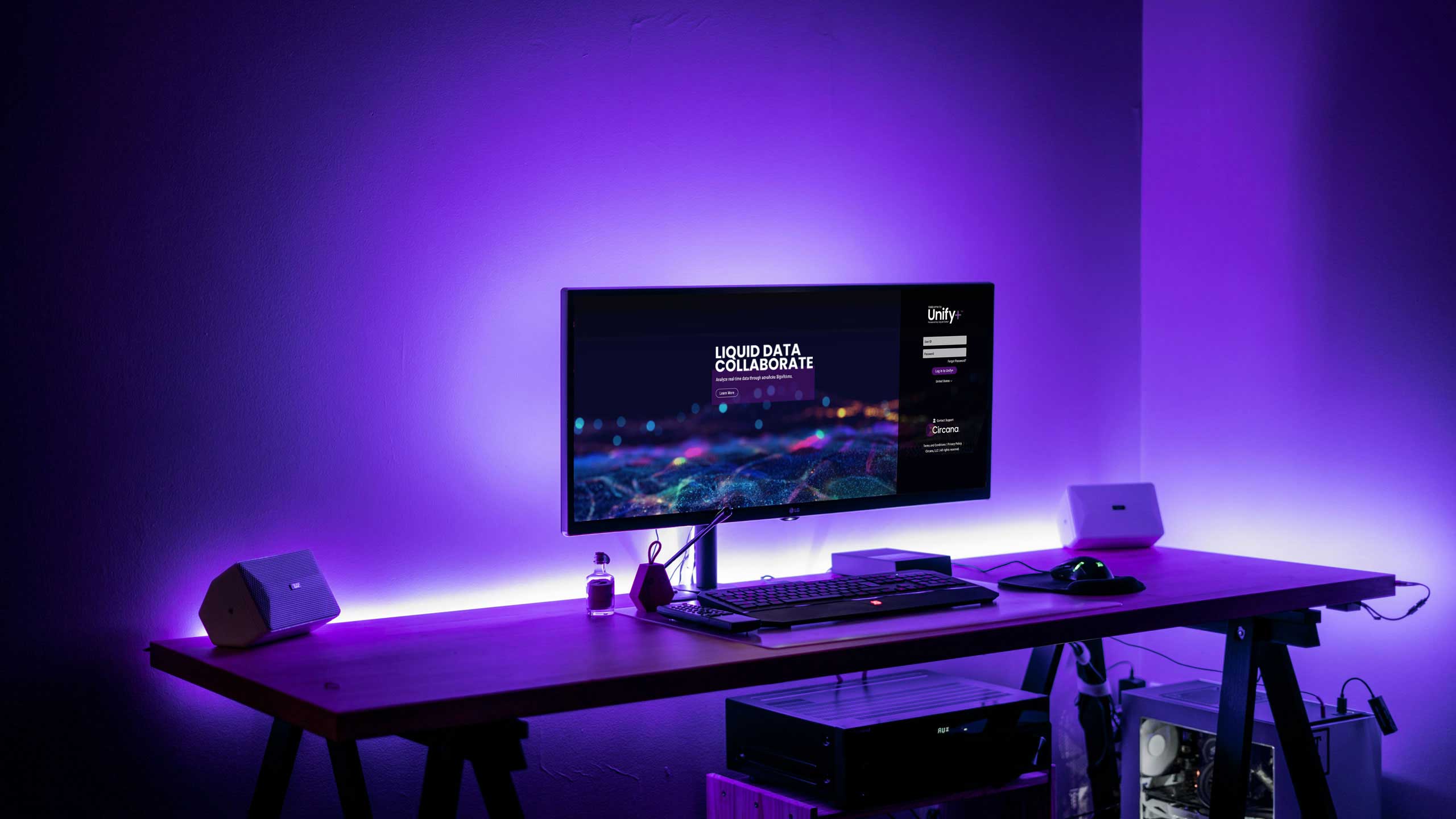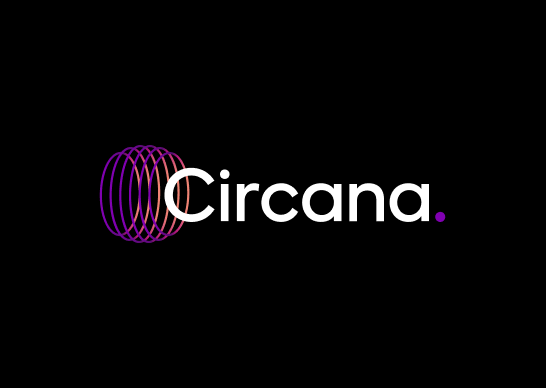- Circana
- Sep 24, 2024
- 3 min read
Alcohol consumption declines across Europe as health trends rise
Private labels outperform national brands in Alcoholic and Non-Alcoholic beverages
New product launches drive growth in sports and energy drinks
‘Insperiences’ are reshaping the beverage market
London, UK – September 25, 2024 – The beverage industry has changed significantly in the past year, creating new opportunities for brands and retailers across the market, according to new analysis from Circana, a leading advisor on the complexity of consumer behaviour.
Launched today, the ‘Sector Spotlight: Beverages – What we drink, what we think’ analysis highlights several trends throughout the FMCG beverage industry, as brand portfolios evolve and blur traditional category lines, introducing innovative crossover products.
Changing consumption patterns are driving demand for health-conscious, functional, and convenient options. Retailers are competing with private labels, while new routes to market, such as e-commerce and direct-to-consumer (D2C) channels, offer expanded opportunities for brands to reach consumers and diversify distribution.
As consumer preferences shift, Circana’s analysis shows how the beverage sector across Europe’s ‘Big 6’ markets is growing and quickly adapting to health, innovation, and sustainability trends.
Innovation – A key driver for future growth
The Total Beverages market, valued at €160 billion, has continued to grow, with a 2.4% increase compared to the previous year. Alcoholic beverages hold the largest value share (43%, or €69 billion), while Ambient Drinks dominate by volume (64%, or €62 billion) making up nearly two-thirds of all beverage consumption.
The rise in prices, particularly for Ambient Drinks, has led to a decline in volume across several beverage categories, with total beverages seeing a slight volume drop of -1.4%. Alcoholic beverages have been hit harder, with a -2.0% decline in volume, outpacing the decline in non-alcoholic categories, which saw a drop of -1.2%.
However, innovation in non-alcoholic beverages is driving growth as health-conscious consumers seek healthier alternatives. Demand is rising for functional drinks, plant-based options, and protein-enriched beverages. Sports and Energy drinks are becoming key substitutes for traditional caffeinated drinks, especially among younger, active consumers.
Ananda Roy, Senior Vice President of Global Thought Leadership and Strategic Insights at Circana said: “With volume recovery beginning to take shape as inflation eases across major European markets, brands must seize this opportunity to innovate further and meet evolving consumer expectations.
“Our analysis highlights the importance of blurring category boundaries to create excitement among consumers. Alcohol brands are increasingly launching low/no alcohol variants to tap into health-conscious and younger demographics, while non-alcoholic beverages continue to push into traditional alcohol spaces. This trend, known as ‘blurring beyond beverages,’ has opened new target markets and consumption occasions, allowing brands to remain competitive in an increasingly crowded market.”
Sustainability and affordability are key consumer priorities
Sustainability has become a non-negotiable factor for today’s consumers, with nearly half of European shoppers prioritising eco-friendly packaging. Circana’s data reveals that 55% of Spanish consumers have switched brands in favour of sustainable packaging, while similar trends have been observed across Germany, France, and the UK.
Affordability, driven by economic pressures, is another significant factor shaping consumer choices. Circana’s analysis highlights how consumers are increasingly opting for promotions, smaller pack sizes, and private-label options to manage rising costs. Private-label products, particularly in non-alcoholic beverages, have managed to maintain their lead over national brands in both value and volume share, showing resilience despite price increases.
At-home experiences and social responsibility elevate beverage brands
The rise of “insperiences,” bringing out-of-home experiences into the home, is reshaping the beverage market. At-home wine tastings, cocktail kits, and barista-style drinks are creating new ways for brands to engage consumers. Collaborations, like protein drinks and alcohol-free cocktails, have sparked increased consumer interest.
Brands are increasingly supporting social responsibility efforts, such as partnerships with this year’s Summer Games to promote low/no-alcohol options. These collaborations boost brand image and show companies as leaders in sustainability.
Roy added: “Whether through innovation, health-conscious offerings, or sustainable practices, the opportunities within the Total Beverages sector are vast. Brands that embrace these changes will be well-positioned to succeed in this dynamic landscape.”
About the Sector Spotlight Beverages AnalysisTotal Beverages 2024: What we Drink, What we Think is a comprehensive category review spanning the universe of alcoholic and non-alcoholic drinks – including hot, cold, and dairy-based chilled beverages.Our analysis maps out the beverages landscape across EU6 countries (France, Germany, Italy, Netherlands, Spain, UK) and explores the evolution of these categories in the context of consumer behaviour and category dynamics, and identifies six opportunities for innovation growth.
Europe:
Marcus Edgar
Eureka
Tel: +44 (0)7810 876 077






























